

Let’s get this out of the way first: Toukiden: Kiwami is an awful lot like Monster Hunter, and there’s nothing wrong with that. After all, Capcom’s popular beast-hunting franchise has yet to make its way to the PlayStation 4, and in the absence of the original, a well-intentioned imitation is more than welcome.
It helps that, while derivative, Toukiden: Kiwami is also pretty fun. In Toukiden, players assume the role of a Slayer, a soldier who protects Japan from Oni, evil spirits who prowl the land and prey on the innocent. That’s a formidabale task, and thankfully, players won’t have to go at it alone: up to three other party members (either real people via the PlayStation Network or computer-controlled sidekicks) can join the Slayer on his (or her) hunts.
And the hunts are what Toukiden is all about. Like Monster Hunter, Toukiden follows a very specific pattern: players kill Oni and harvest their body parts, take the spoils back to town, use the loot to build stronger weapons and armor, and then take that gear onto the battlefield to hunt stronger monsters. There are a few different types of missions – sometimes, Slayers have to hunt a specific type of Oni, while other times they just have to clear all the enemies from an area – but they all boil down to the same thing: just kill everything.
Players will face two types of Oni: the regular kind, who travel in packs and can be dispatched with a couple of swings of a Slayer’s weapon, and “giant Oni,” which are huge boss-like monsters that require time and effort to bring down. When fighting big Oni, players must hack off its limbs to expose weak spots, while memorizing its attack patterns and dodging when appropriate. The giant Oni are just as grotesque as they are huge, and when an Oni finally falls, it’s incredibly satisfying. These are monsters, after all, and they sure look like ’em.
The only thing that’s more fun than fighting a new type of Oni is mastering all of Toukiden: Kiwami’s weapons. Toukiden gives players access to a huge arsenal, with weapons ranging from basic swords to a kusarigama (a sickle on a chain) to pairs of giant gloves that let players literally punch enemies to death. Every weapon has the same controls: a set of light and heavy attacks, a defensive move, and a special move that consumes a chunk of the player’s stamina meter.
However, just because weapons control the same way, doesn’t mean that they’re identical. Every weapon has its own combos, which can be discovered by chaining together light and heavy attacks, and no two weapons have exactly the same moves.
For example, holding down the strong attack button while wielding dual swords causes the player’s character to lunge forward; doing the same thing with a naginata, a long-bladed sphere, performs a jumping uppercut that can be leveraged into a series of aerial attacks. Because the controls are similar, it’s easy to get the hang of every weapon, while the different end results mean there are a lot of combat techniques for players to master.
Players can also enlist the aid of Mitama, the spirits of Japanese warriors killed by Oni. Equipping different Mitama gives players different bonuses, while the type of Mitama determines the special abilities players can use during combat. Attack Mitama, for example, give players powers that hurt their foes, while support Mitama provide buffs that strengthen the whole team. Healing Mitama, well, heal, and defensive Mitama make it easier to withstand a beating. Koei Tecmo claims that there are over a hundred Mitama to find in Toukiden; collecting them all takes quite some time.
In fact, Toukiden: Kiwami is full of content, and completing everything the game has to offer will take players well over thirty hours. Toukiden started life as a Vita title called Toukiden: The Age of Demons; like Koei Tecmo’s other current-generation port-slash-sequel, Bladestorm: Nightmare, Toukiden: Kiwami includes the first game’s original campaign and a brand new set of levels. Multiplayer missions are their own thing, too, with different materials to collect and different Oni to fight. That’s a lot to get through; thankfully, players who started Toukiden on Vita can import their saves into Toukiden: Kiwami and pick up where they left off.
There’s a story behind all this fighting, although it’s not a great one. Most of the plot focuses on the player’s companions (the player’s Slayer is one of those classicly silent gaming protagonists, who don’t do much and need everything explained to them). The supporting cast is fun, but their stories are fairly stereotypical; besides, nobody talks about anything other than Oni, making them seem more like plot devices than fully rounded characters.
Atmospherically, Toukiden draws on the game’s mythological roots, and the style goes a long way towards making up for the plot’s deficiencies. Toukiden has an interesting setting, and Koei Tecmo made a wise choice not adding an English dub to the game. If the characters spoke anything other than Japanese, it wouldn’t feel right (don’t worry, there are subtitles).
Probably because of the game’s Vita legacy, Toukiden: Kiwami isn’t the best looking title on the PlayStation 4. As previously noted, the Oni look great, and the character designs are passable. However, the battlefields themselves all blend together, and the world feels fairly small. Toukiden is a game made up of tiny, flat plains, and topography doesn’t inform combat at all. It’s a missed opportunity, and the static world makes hunting feel like a bit of a chore.
In fact, Toukiden’s biggest weakness is that, despite how fun combat can be, the game gets repetitive very early on, and never quite recovers. Encountering a new type of Oni for the first time is thrilling, and those battles come with a palpable sense of danger. The third or fourth time you fight it – sometimes over the same number of missions – it starts to feel stale.
Monster Hunter requires players choose their characters’ gear carefully, and encourages combatants to form strategies and make plans. Toukiden doesn’t have that kind of depth. Once players know an Oni’s attack pattern, combat is a matter of going through the motions, simply chipping away at the monster’s health until the beast dies. Matches against familiar foes quickly devolve into button-mashing affairs; maybe that’s not surprising, given that Toukiden comes from the developer behind Dynasty Warriors, Omega Force, but it’s disappointing. Toukiden: Kiwami looks like it’s going to be a deep, tactical game like its obvious inspiration, but the end product delivers something infinitely shallower.
For some people, that won’t be a bad thing. Monster Hunter is notoriously complex and time consuming; true to its mobile roots, Toukiden: Kiwami offers an experience that’s best enjoyed in short bursts. Toukiden: Kiwami is like Monster Hunter with training wheels. For players just getting started with hunting games, or those who want a more casual experience, Toukiden delivers hours of monster-bashing fun, but it won’t unseat the reigning king of the genre any time soon.
Toukiden: Kiwami is out now for PlayStation 4. Game Rant was provided with a PS4 code for this review.
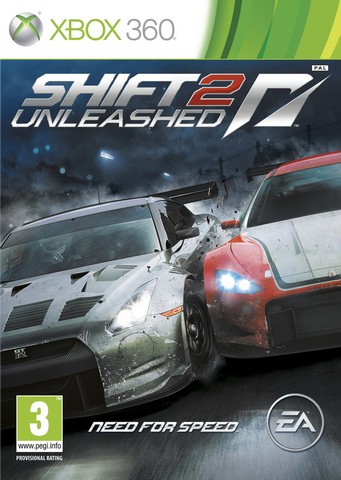
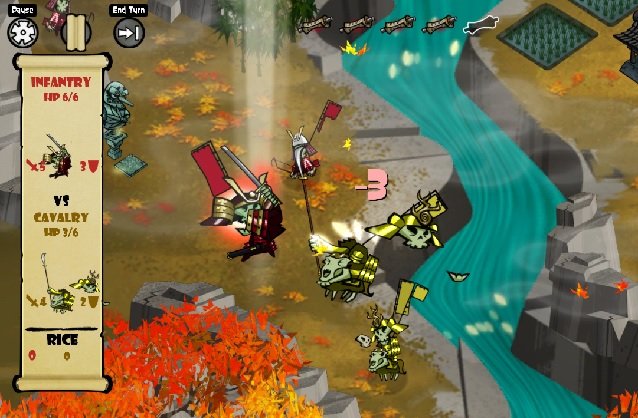
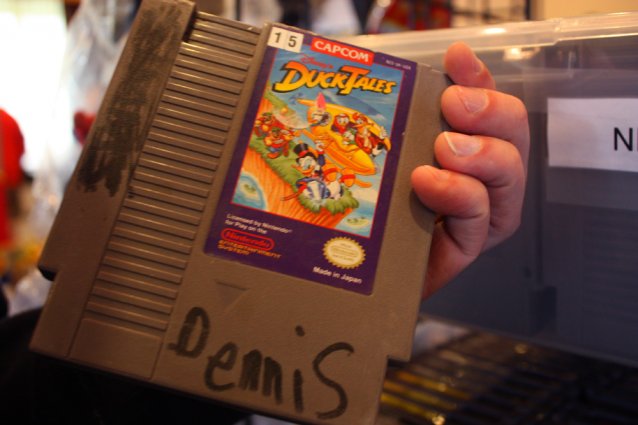

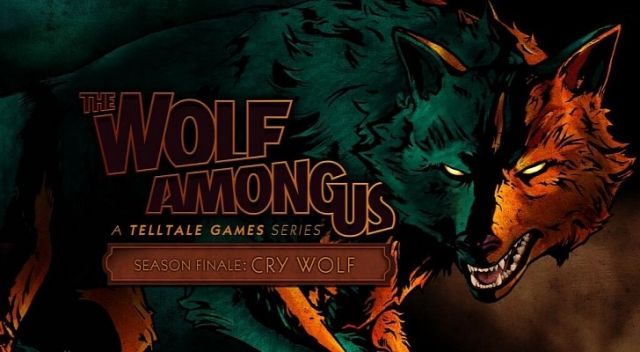 The Wolf Among Us Episode 5: Cry Wolf: All chapters complete Walkthrough with Alternate endings and system requirements for PC
The Wolf Among Us Episode 5: Cry Wolf: All chapters complete Walkthrough with Alternate endings and system requirements for PC Halo: The Master Chief Collection Wiki – Everything you need to know about the game .
Halo: The Master Chief Collection Wiki – Everything you need to know about the game . How To Add or Remove Credit Card and Billing Information On PS4
How To Add or Remove Credit Card and Billing Information On PS4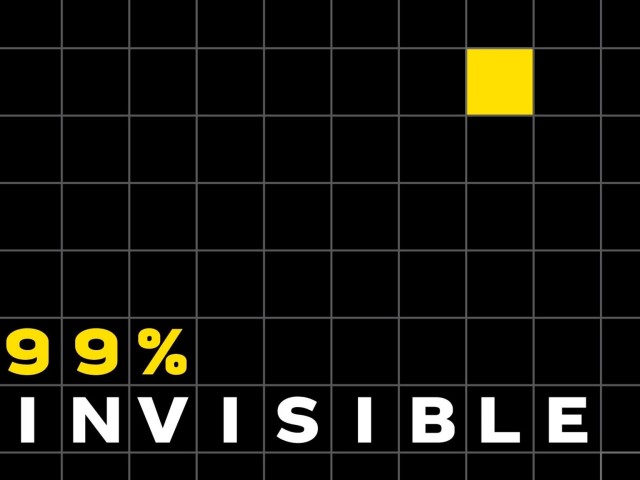 The 20 Best Podcasts of 2015: As Recommended by MakeUseOf
The 20 Best Podcasts of 2015: As Recommended by MakeUseOf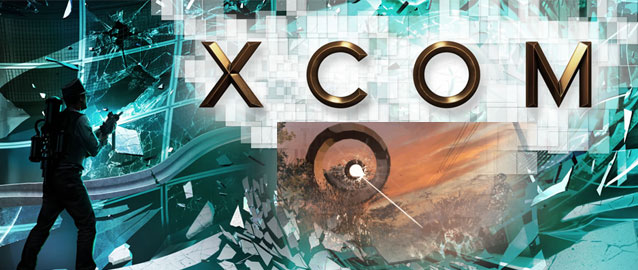 XCOM Sounds a Lot Like Fringe, And Thats Okay
XCOM Sounds a Lot Like Fringe, And Thats Okay